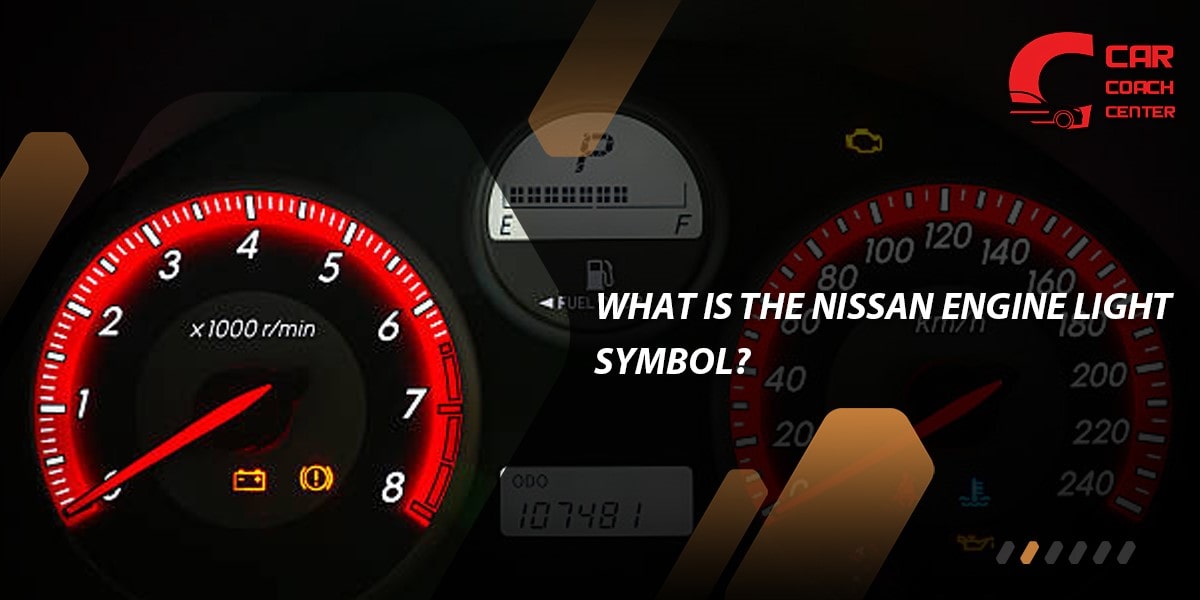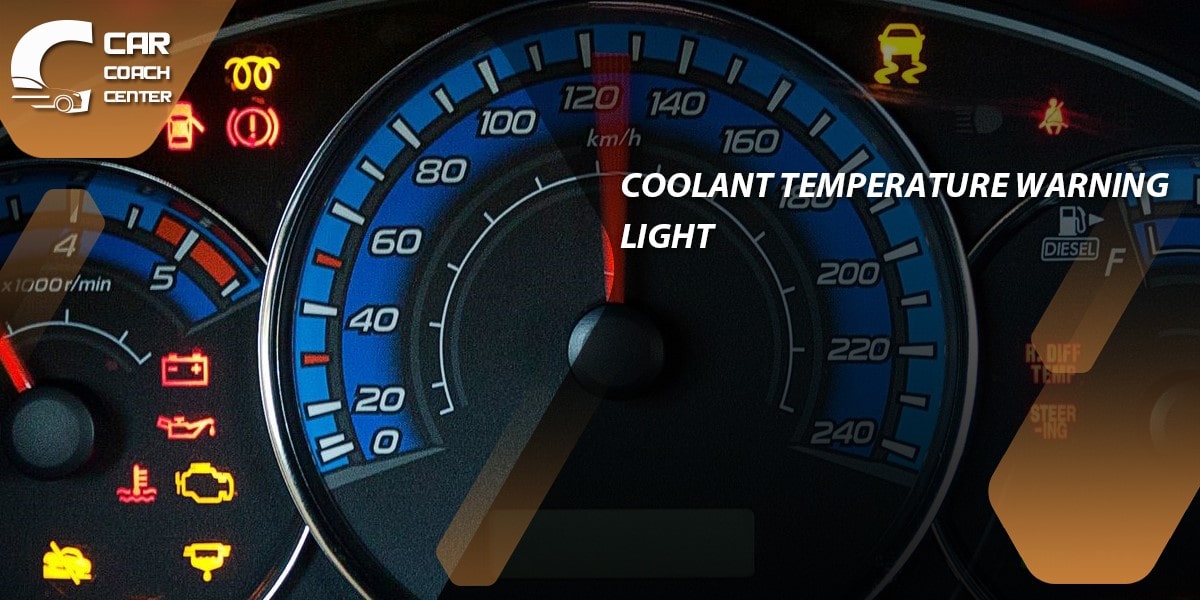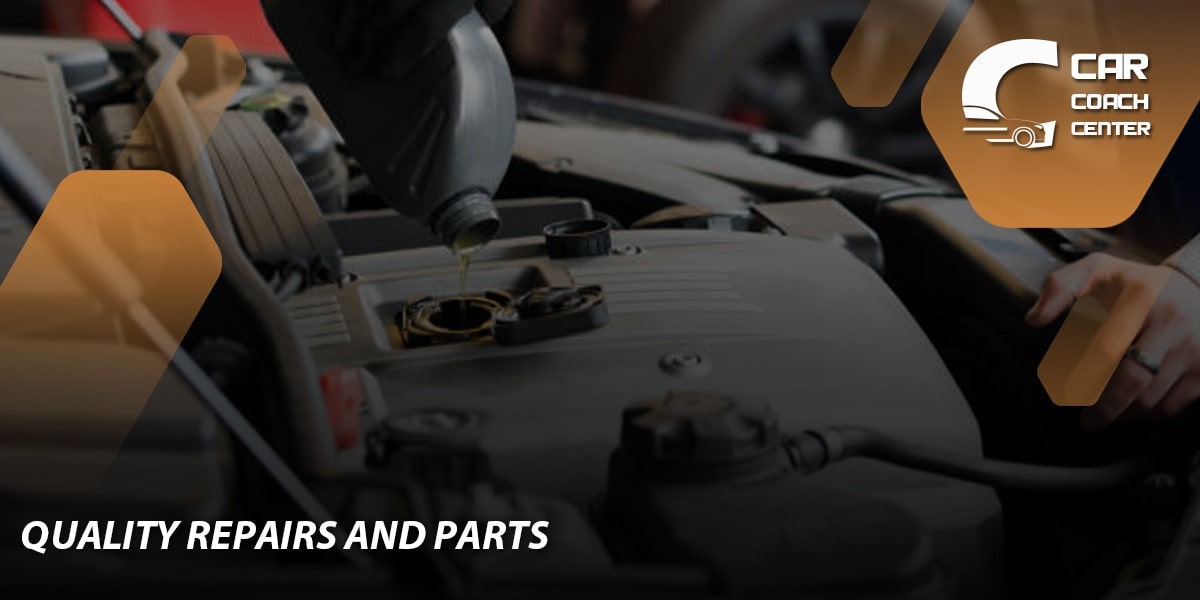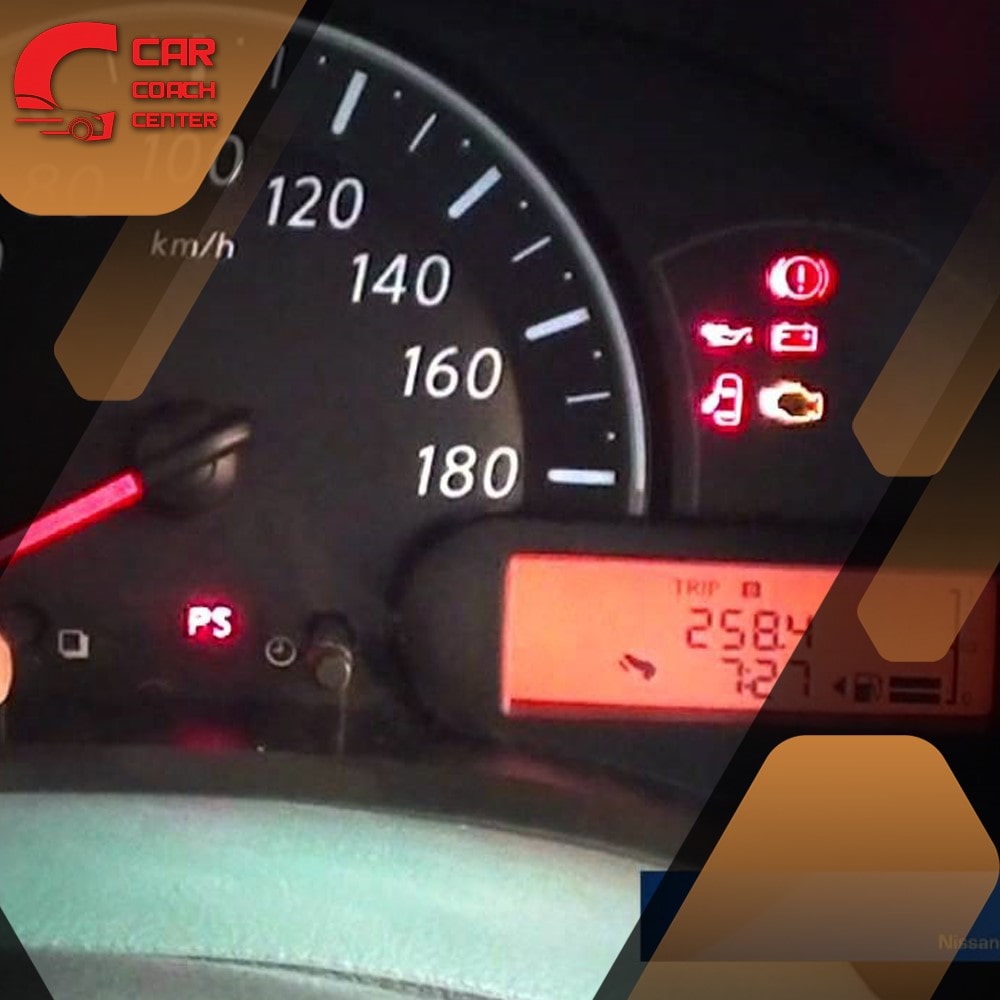Introduction to Nissan Engine Light Symbols
The engine light is a vital indicator in your Nissan vehicle that alerts you to potential issues with the engine or related systems. Understanding the meaning behind Nissan engine light symbols is crucial for maintaining your vehicle’s performance and addressing any underlying problems. In this comprehensive guide, we will explore the various engine light symbols found in Nissan vehicles, their meanings, possible causes, and troubleshooting steps you can take to resolve them.
CarCoachCenter.com is an educational website and blog dedicated to providing valuable resources for car owners and drivers. We strive to address automotive concerns and offer informative articles to help drivers resolve their car-related issues. With a commitment to accuracy and reliability, CarCoachCenter.com aims to be the go-to resource for all your automotive needs.

What is the Nissan Engine Light Symbol?
The engine light symbol in Nissan vehicles, also known as the malfunction indicator lamp (MIL) or check engine light, is a warning indicator that alerts the driver to potential issues with the engine or emissions system. When the light illuminates, it typically indicates that the vehicle’s onboard diagnostic system (OBD-II) has detected a malfunction or an abnormal condition.
The specific meaning of the engine light symbol can vary depending on the model and year of the Nissan vehicle. In general, it signifies that there is a problem that needs to be diagnosed and addressed. Common issues that can trigger the engine light include a faulty oxygen sensor, a loose gas cap, a malfunctioning catalytic converter, or problems with the engine’s ignition, fuel, or emissions systems.
When the engine light comes on, it is recommended to have the vehicle inspected by a qualified mechanic or visit a Nissan service center. They will use a diagnostic tool to retrieve the trouble codes stored in the vehicle’s OBD-II system, which can help identify the specific issue causing the light to illuminate. It’s important not to ignore the engine light, as it can indicate a problem that may worsen over time and potentially lead to more severe damage or reduced fuel efficiency.
Common Nissan Engine Light Symbols and Their Meanings
When the engine light illuminates on your Nissan vehicle’s dashboard, it’s essential to understand the meaning behind the symbols to address any potential issues. Here are some common Nissan engine light symbols and their meanings:
- Check Engine Light: This symbol, often depicted as an engine outline or the words “Check Engine,” indicates a problem with the vehicle’s engine or emissions system. It can be triggered by various issues, such as a faulty sensor, fuel system problem, or engine misfire.
- Battery Warning Light: Represented by a battery-shaped icon, this light indicates an issue with the vehicle’s charging system. It may suggest a failing alternator, loose or damaged battery cables, or a weak battery that needs replacement.
- Oil Pressure Warning Light: This symbol, resembling an oil can or an oil lamp, indicates low oil pressure in the engine. It may be caused by insufficient oil levels, a malfunctioning oil pump, or a blocked oil filter. Driving with low oil pressure can lead to severe engine damage.
 Coolant Temperature Warning Light: Depicted as a thermometer or a wavy line inside a radiator, this light warns of high engine coolant temperature. It may indicate a malfunctioning cooling system, such as a faulty thermostat, a coolant leak, or a failing radiator fan.
Coolant Temperature Warning Light: Depicted as a thermometer or a wavy line inside a radiator, this light warns of high engine coolant temperature. It may indicate a malfunctioning cooling system, such as a faulty thermostat, a coolant leak, or a failing radiator fan.- ABS Warning Light: The Anti-Lock Braking System (ABS) warning light, represented by the letters “ABS,” indicates a fault in the ABS system. It suggests a potential issue with the brakes, such as a sensor malfunction or a hydraulic problem.
- Tire Pressure Monitoring System (TPMS) Warning Light: This symbol, often resembling an exclamation mark inside a tire, alerts you to low tire pressure. It indicates that one or more tires have insufficient air pressure, potentially compromising vehicle safety and fuel efficiency.
- Airbag Warning Light: Depicted as a person with an airbag deploying, this light indicates a problem with the vehicle’s airbag system. It suggests that the airbags may not deploy in the event of an accident, and it requires immediate attention to ensure occupant safety.
- Traction Control System (TCS) Warning Light: Represented by a car with squiggly lines or the letters “TCS,” this light indicates a fault in the Traction Control System. It suggests a loss of traction or stability and may be caused by a malfunctioning sensor or a problem with the system’s components.
- Electronic Stability Control (ESC) Warning Light: This symbol, often represented by a car with skid marks, indicates a fault in the Electronic Stability Control system. It warns of potential loss of vehicle control and stability, possibly due to a sensor issue or a problem with the ESC system.
- Transmission Warning Light: Depicted as a gear symbol or the letters “AT” (Automatic Transmission), this light indicates a fault in the vehicle’s transmission system. It suggests issues such as low fluid levels, overheating, or a malfunctioning transmission component.
Preventive Measures to Avoid Engine Light Issues
Taking preventive measures can help you avoid engine light issues in your Nissan vehicle and maintain its optimal performance. Here are some key preventive measures to consider:
- Regular Maintenance: Adhering to the manufacturer’s recommended maintenance schedule is crucial. This includes regular oil changes, filter replacements, spark plug inspections, and overall system checks. Regular maintenance helps identify and address potential issues before they escalate.
- Proper Fueling Habits: Use high-quality fuel and avoid filling up with low-grade or contaminated fuel. Poor-quality fuel can lead to engine problems and trigger the engine light. Additionally, ensure the gas cap is tightly sealed after refueling to prevent fuel system issues.
- Monitoring Fluid Levels: Regularly check and maintain proper levels of engine oil, coolant, transmission fluid, and brake fluid. Low or dirty fluids can cause engine overheating, poor lubrication, or hydraulic system malfunctions, leading to engine light activation.
- Addressing Warning Signs: Pay attention to any unusual sounds, smells, or performance changes in your vehicle. If you notice anything out of the ordinary, such as rough idling, loss of power, or abnormal exhaust emissions, have your vehicle inspected promptly to prevent potential engine light issues.
- Avoiding Overloading and Harsh Driving: Avoid exceeding the vehicle’s weight limits and engaging in aggressive driving habits. Overloading the vehicle can strain the engine and its components, while aggressive driving can lead to excessive wear and tear, increasing the likelihood of engine issues.
- Regular System Checks: Periodically inspect and clean sensors, such as the Mass Air Flow (MAF) sensor, Oxygen (O2) sensors, and other relevant engine components. Clean sensors ensure accurate readings and help prevent false engine light activations.
 Quality Repairs and Parts: When repairs are necessary, choose reputable mechanics who specialize in Nissan vehicles and use genuine or high-quality aftermarket parts. Proper repairs and quality parts help maintain the integrity of your vehicle’s systems and reduce the chances of recurring engine light issues.
Quality Repairs and Parts: When repairs are necessary, choose reputable mechanics who specialize in Nissan vehicles and use genuine or high-quality aftermarket parts. Proper repairs and quality parts help maintain the integrity of your vehicle’s systems and reduce the chances of recurring engine light issues.
Conclusion
In conclusion, understanding and addressing Nissan engine light symbols is vital for maintaining the performance and reliability of your vehicle. By staying proactive with regular maintenance, monitoring fluid levels, and addressing warning signs promptly, you can minimize the chances of engine light issues. Remember, a well-maintained Nissan leads to a smoother driving experience and peace of mind on the road.
FAQs
Why is my Nissan engine light on?
The engine light can illuminate due to various reasons, such as a faulty sensor, emission system issues, or engine-related problems.
Can I continue driving with the engine light on?
It's generally not advised to ignore the engine light and continue driving without addressing the underlying issue.
How do I reset the engine light in my Nissan?
Resetting the engine light varies depending on the Nissan model.
Can a loose gas cap trigger the engine light in a Nissan?
Yes, a loose or improperly tightened gas cap can trigger the engine light.
Is it safe to drive my Nissan with a flashing engine light?
A flashing engine light indicates a severe problem that requires immediate attention.


